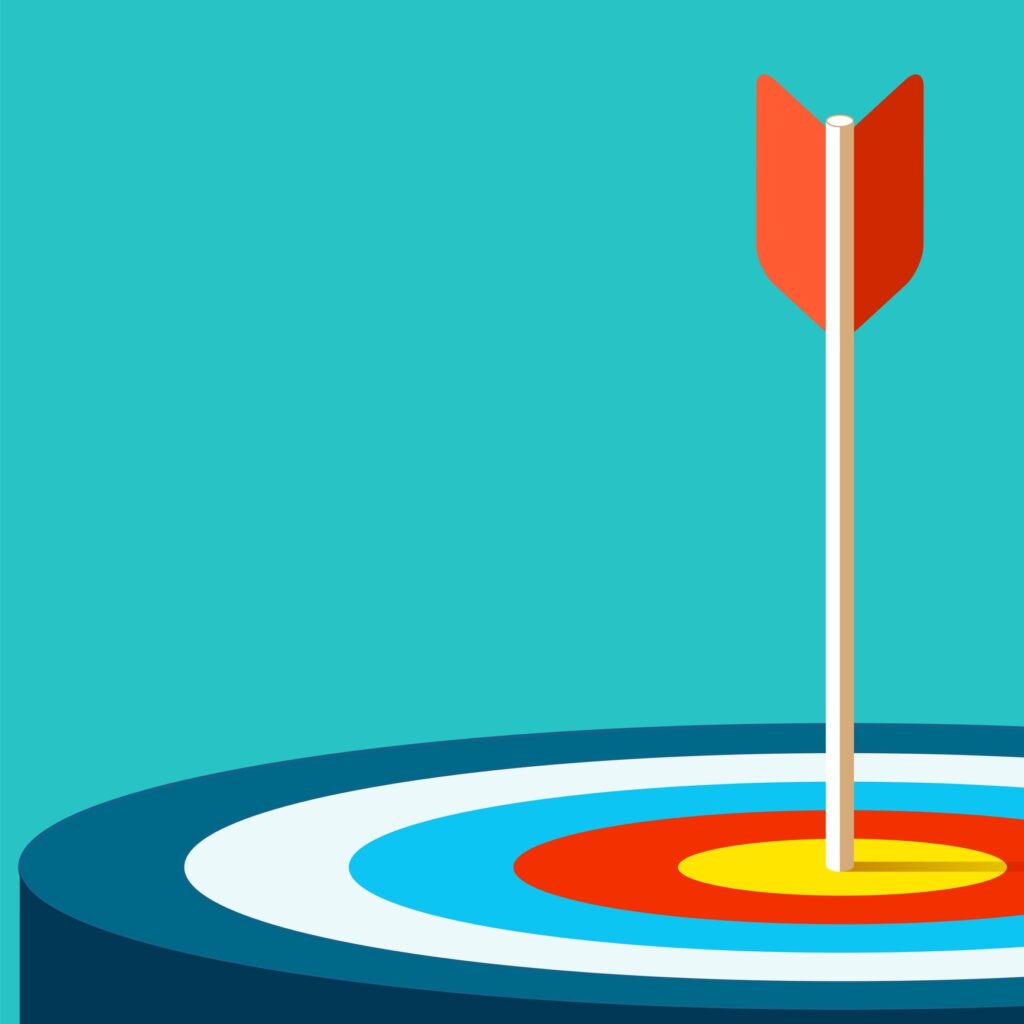Eli Lilly has guided its oral GLP-1 drug candidate orforglipron through two more late-phase tests in Type 2 diabetes, racking up wins against placebo and AstraZeneca’s Farxiga to stay on track to seek approval in the indication next year.
Lilly has run two sets of phase 3 trials for orforglipron, one to support approval in obesity and another to unlock the diabetes market. The company previously posted diabetes victories over placebo and oral semaglutide, Novo Nordisk’s GLP-1 drug. Wednesday, Lilly shared data from two of the remaining three trials in its diabetes program.
One trial compared three doses (3 mg, 12 mg and 36 mg) of orforglipron to dapagliflozin, an SGLT-2 inhibitor that AstraZeneca sells as Farxiga. The trial enrolled adults with Type 2 diabetes inadequately controlled on metformin. At Week 40, patients’ A1C, a measure of blood glucose, fell up to 1.7% on orforglipron and 0.8% on dapagliflozin.
The other trial compared the same three doses of orforglipron to placebo in adults with Type 2 diabetes and inadequate glycemic control with titrated insulin glargine. After 40 weeks of treatment, Lilly saw A1C reductions of up to 2.1% in the orforglipron arms, versus a 0.8% decline in the placebo cohort.
The A1C reductions were big enough for both trials to hit their primary endpoints. Lilly said the studies also met all key secondary endpoints at 40 weeks. Patients taking orforglipron lost weight and showed improvements in multiple cardiovascular risk factors, although Lilly is yet to share the data for these endpoints. Similarly, Lilly said the safety and tolerability profile was consistent with prior studies without sharing any numbers.
Lilly’s A1C data raise questions about the need for the high dose. A1C decreased 1.7% in patients taking 12 mg and 36 mg of orforglipron in the dapagliflozin comparison study. Lilly saw a larger drop in A1C on the middle, 12-mg dose than the top dose in the placebo-controlled trial. A1C fell 2.1% on the middle dose, compared to 1.9% on the top dose. Lilly plans to share more data at a future medical meeting.
Related
The topline readout means Lilly’s drug has now delivered wins in four of the five trials in its phase 3 diabetes program. Data from the final global registration trial are due in the first quarter of next year. If everything goes to plan, Lilly will file for approval of orforglipron in Type 2 diabetes in 2026, adding to an obesity submission that is scheduled for this year.
Obesity has dominated the thoughts of investors, who sent Lilly’s share price down when weight loss data fell short of expectations earlier this year. But the company sees diabetes as a big opportunity too. Patrik Jonsson, president of Lilly International, told attendees at a Wells Fargo event last month that “the oral Type 2 market in the U.S. is huge” and orforglipron could be a really good medicine in the indication.


